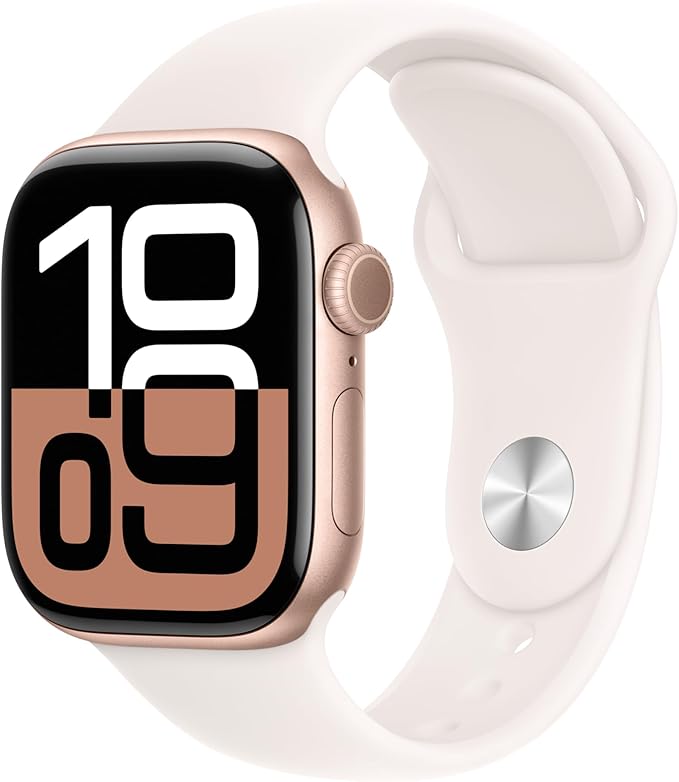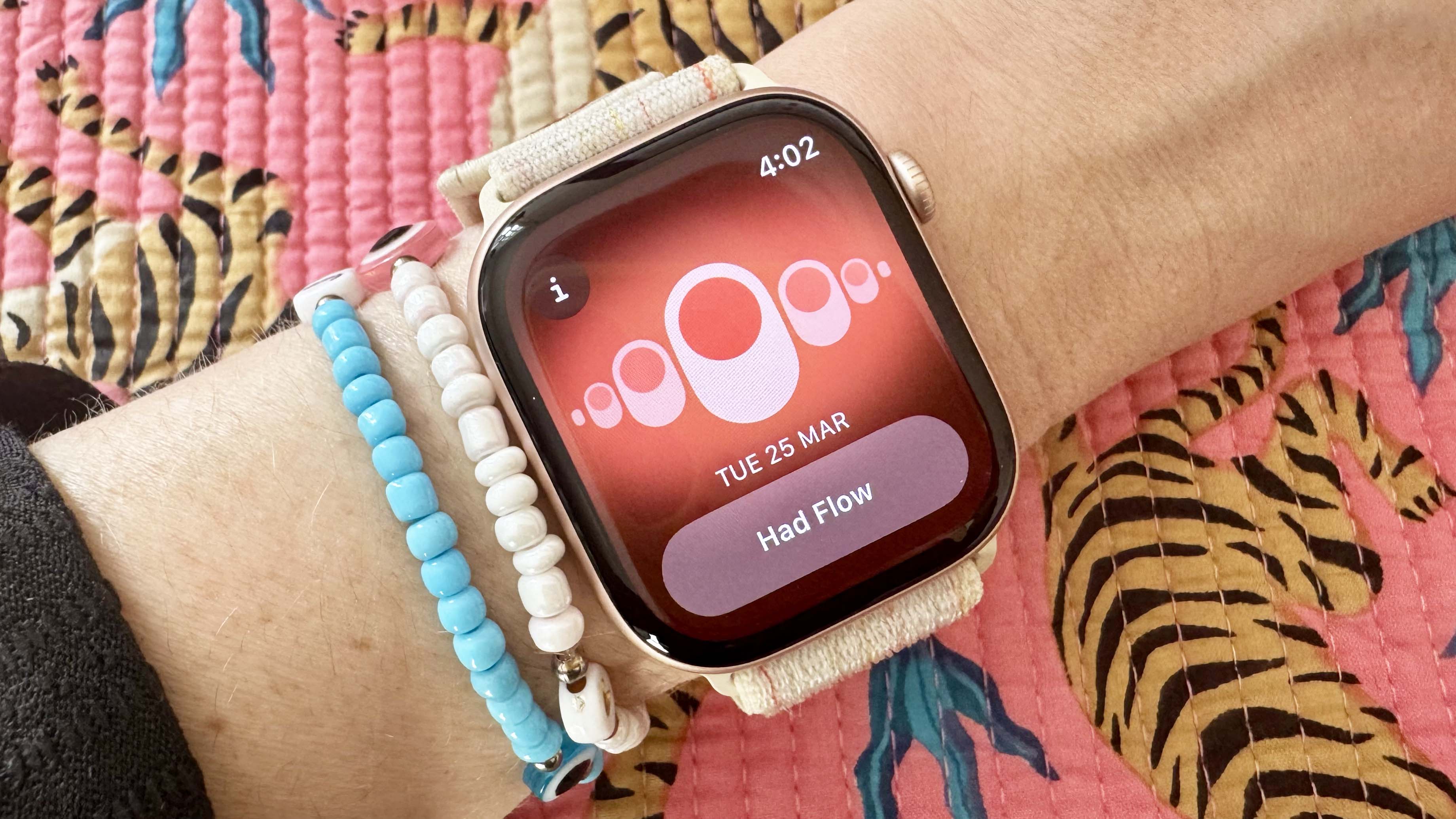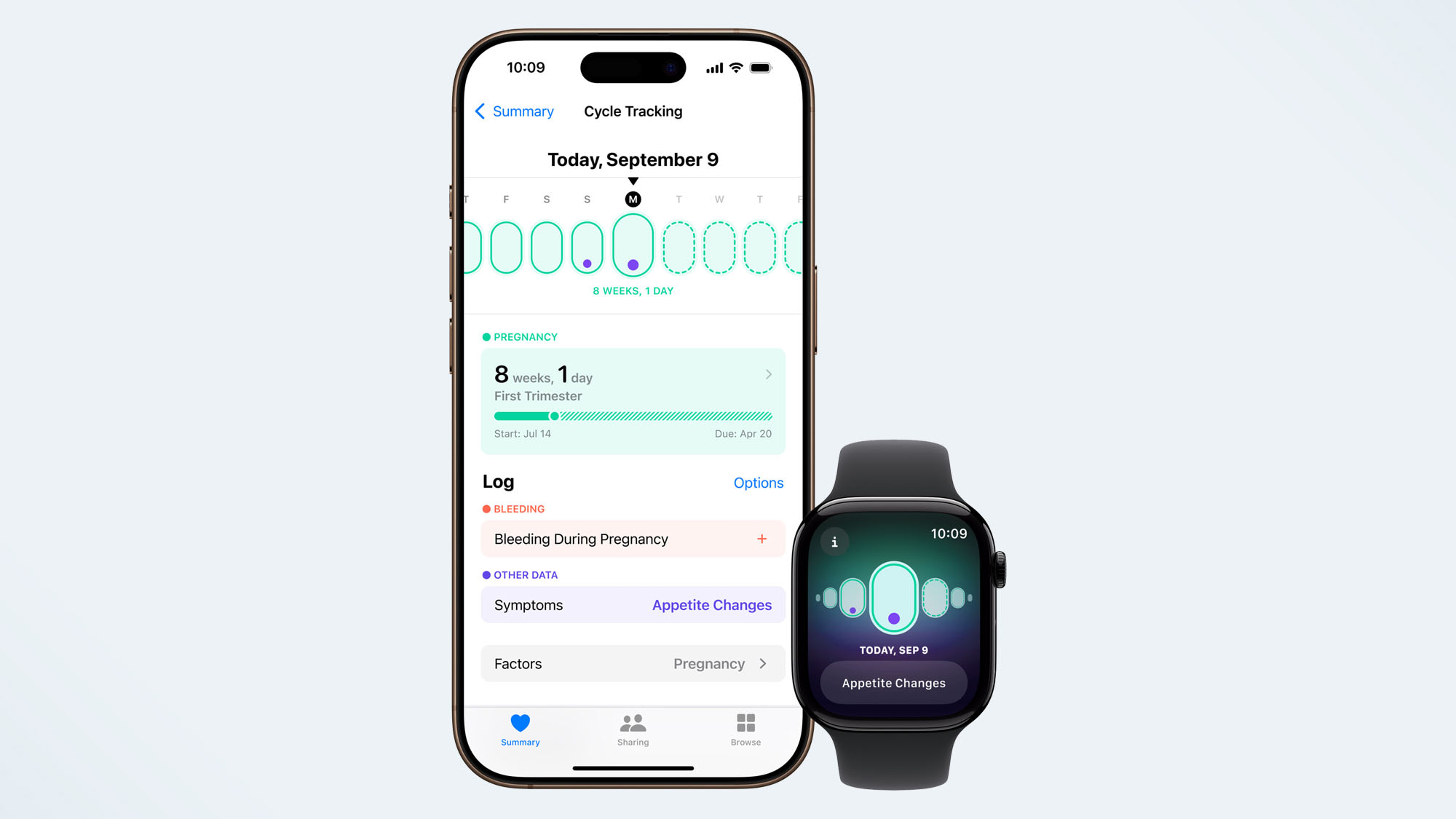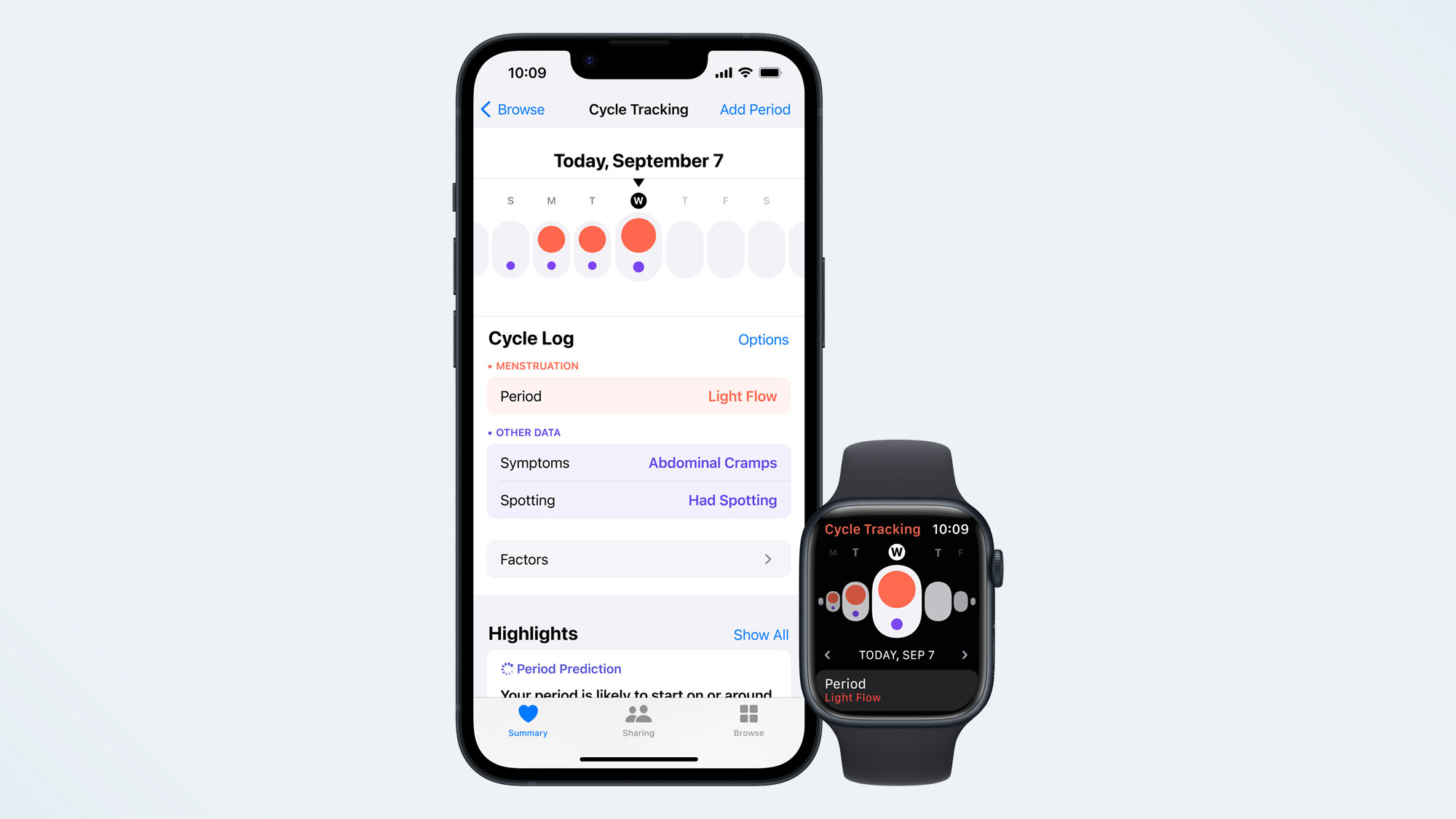Exclusive: I spoke to Apple about its cycle tracking features and how it has the potential to change lives
Apple’s cycle tracking is at the heart of its Health app, and for good reason

I’ve been writing about fitness tech long enough to remember when menstrual tracking was first added to a device. It was the Fitbit Versa back in 2018. At the time, it seemed groundbreaking. Seven years later, the gender gap in female healthcare still exists all over the world, but thankfully, cycle tracking is no longer seen as an add-on.
Smartwatch developers have realized that for the 1.8 to 2 million users who menstruate each month, cycle length and regularity are key indicators of their overall health.
But where does Apple, the creator of one of the most popular smartwatches on the planet, come into things? Apple added a skin temperature sensor to its Apple Watch Series 8 and Apple Watch Ultra, giving users more accurate ovulation data.
More recently, Apple added a new pregnancy feature, allowing wearers to get useful insights until they’re 12 weeks postpartum.
Plus, as a company, Apple prides itself on keeping its users’ data private — something more important than ever in a post-Roe era.
To find out more, I sat down with Apple and spoke to the medical professionals behind the cycle tracking feature, as well as those working with patients on the frontline, to hear how the data collected has the potential to change lives.

We've rated the Apple Watch 10 as the best Apple Watch for most people, with all of Apple's health tracking features, a skin temperature sensor, and the option to choose from two different bezel sizes.
The power of understanding your cycle
Your menstrual cycle can be a key indicator of your overall health. Cycles that are unusually long (more than 40 days) or irregular, for example, have been linked to infertility, coronary heart disease and type 2 diabetes.
Get instant access to breaking news, the hottest reviews, great deals and helpful tips.
Far more than just knowing when to expect your period, keeping track of your cycle can help users notice any changes and get help faster.
Both heart and wrist temperature can help with ovulation predictions. First temperature, because you do change post-ovulation. We rely on heart rate data a little less, but you can also see some deviation and get more accurate data
Dr Asha Chesnutt, Apple
Once you’ve set up cycle tracking on your Apple Watch, you can review your cycle history at the click of a button, and export it or send it to your doctor should you need.
Dr Asha Chesnutt, who works on Apple’s clinical team, explains how the cycle tracking is at the heart of the health app. Heart health data, for example, improves the device's cycle predictions, although you’ll need to turn this on if you’d like to use it.
“Both heart and wrist temperature can help with ovulation predictions. First temperature, because you do change post-ovulation, and you can usually see that. We rely on heart rate data a little less, but you can also see some deviation and get more accurate data,” says Dr Asha.

Doctors like Dr Asha work with Apple’s development team, helping to give users information about their health in an understandable format.
“You wouldn’t believe how much time went into deciding on those colors,” Dr Asha says, talking about the different colors reflecting your period predictions and ovulation estimate on the Health app. “I’ve taken care of patients for long enough to make it a thing I always ask — ‘how is my patient going to use this? What’s helpful to them? What’s not helpful to them?’ We’re always thinking about that.”
The data that leads to faster diagnoses

Understanding what’s normal for you and your body can help you spot patterns. If your Apple Watch notices a pattern of irregular cycles, infrequent periods, prolonged periods, or persistent spotting, you might receive an alert or notification about a possible cycle deviation.
Cycle deviations might be down to stress or lifestyle changes, as well as medical conditions such as PCOS, thyroid disorders or conditions such as endometriosis.
Cycle deviations might be down to stress or lifestyle changes, as well as medical conditions such as PCOS (Polycystic ovary syndrome), thyroid disorders or conditions such as endometriosis.
U.K.-based Dr Raj Arora explains how this data is helping women get life-changing diagnoses faster: “I always say to patients, don’t wait for it to happen. Actively get involved. Track your cycles. When we’re talking about something like endometriosis, which has a 10-year wait time for a diagnosis normally, we’re now seeing patients coming to us saying I’ve tracked all my symptoms on my Apple Watch, I have regular periods but they’re really heavy, I’m in a lot of pain and I’m missing work, my mind is already going straight into should we scan or do bloods for this.
"Without that data, as doctors we’d be sending patients away for two months, and asking them to bring back a diary of symptoms. It’s just expediting things. It’s helping patients advocate for themselves. ”
The Apple Women’s Health Study

I’d be remiss to talk about Apple’s cycle tracking without mentioning its long-term research study into menstrual health and its relationship to other health conditions.
Recent data from this study looked at the current trend of cycle syncing — the idea of syncing your exercise routine to your menstrual cycle. The study looked at more than 22 million workouts across more than 110K participants and found that daily exercise minutes were similar, no matter the cycle phase.
Participants who reported regular menstrual cycles did more exercise minutes per day overall, compared to participants with irregular cycles. Participants with regular cycles typically had 20.6 minutes of exercise per day. Participants with irregular cycles typically had 18.6 minutes per day.
This study is the first long-term research study of this scale into menstrual cycles. The study aims to advance the understanding of the relationship between the menstrual cycle and gynecologic health conditions like infertility, menopause, and PCOS, to inform the development of new products, as well as early screening for conditions.
What’s next?
I’ll admit, spending time with Apple looking behind the scenes at the development of these health features was an eye-opener. Far from being a device you wear to track your steps or answer a phone call, the watch on your wrist has the power to give you a deeper insight into your overall health. But where does Apple hope to be in the future?
Dr Asha answers, “What I hope it changes is the narrative from being just a bystander when it comes to your health. Up until now, you have waited until you have symptoms before you see a doctor. We want you to be totally driving your narrative, and driving the fact that you want to check your vitals and stay healthy for longer. I want people to think about what they can do today to keep their body healthy and more active for longer.”
The overriding message I was left with after a morning with Apple was that the health features on its devices aren’t just ticking a box. They are cleverly constructed algorithms, designed by doctors, for patients.
The most powerful message, however, is that the data sitting in the Health app on your iPhone can help you stay healthy for longer, get a diagnosis faster, and allow you to advocate for yourself in an appointment with your healthcare provider.
More from Tom's Guide
- This workout app lets you use your baby as a dumbbell — 3 things I learned when I tried it
- Forget planks — 6 Pilates exercises to help you rebuild your core postpartum
- 5 things a fertility expert wants you to know about exercise if you’re trying to get pregnant

Jane McGuire is Tom's Guide's Fitness editor, which means she looks after everything fitness related - from running gear to yoga mats. An avid runner, Jane has tested and reviewed fitness products for the past five years, so knows what to look for when finding a good running watch or a pair of shorts with pockets big enough for your smartphone. When she's not pounding the pavements, you'll find Jane striding round the Surrey Hills, taking far too many photos of her puppy.
You must confirm your public display name before commenting
Please logout and then login again, you will then be prompted to enter your display name.
